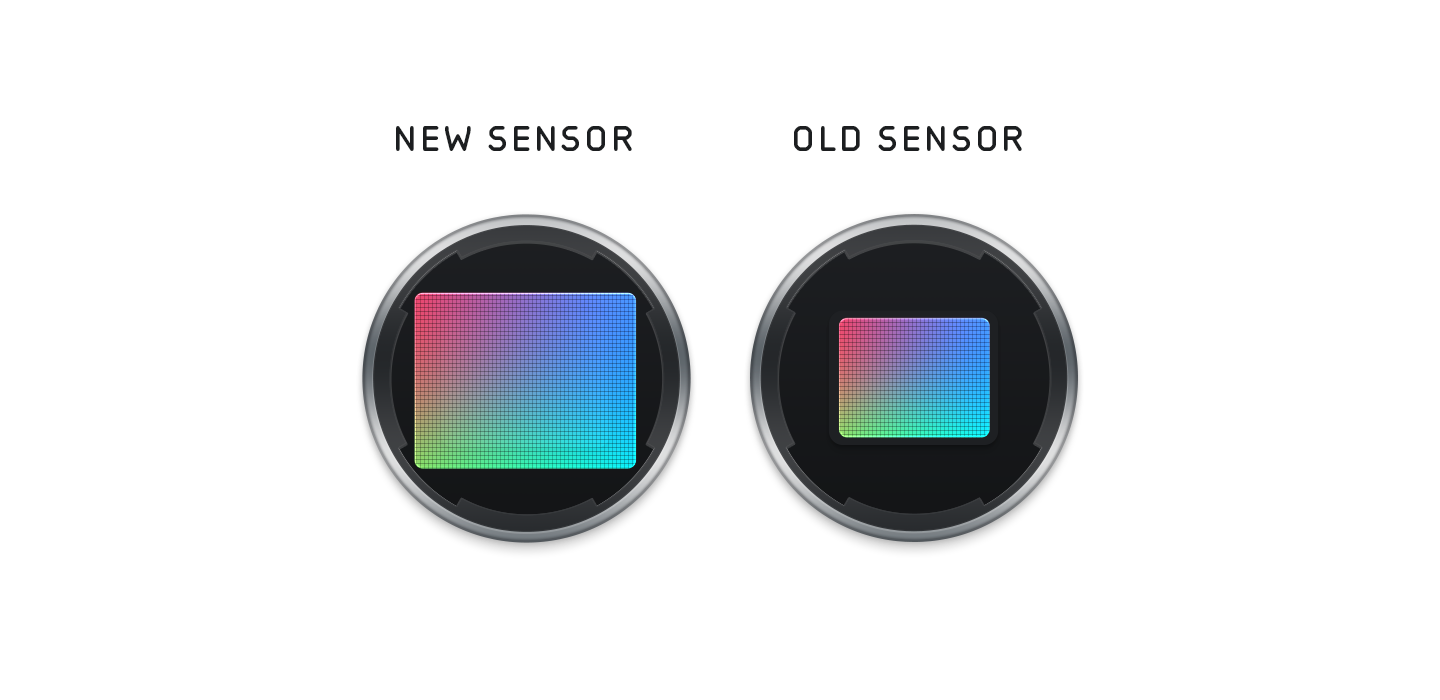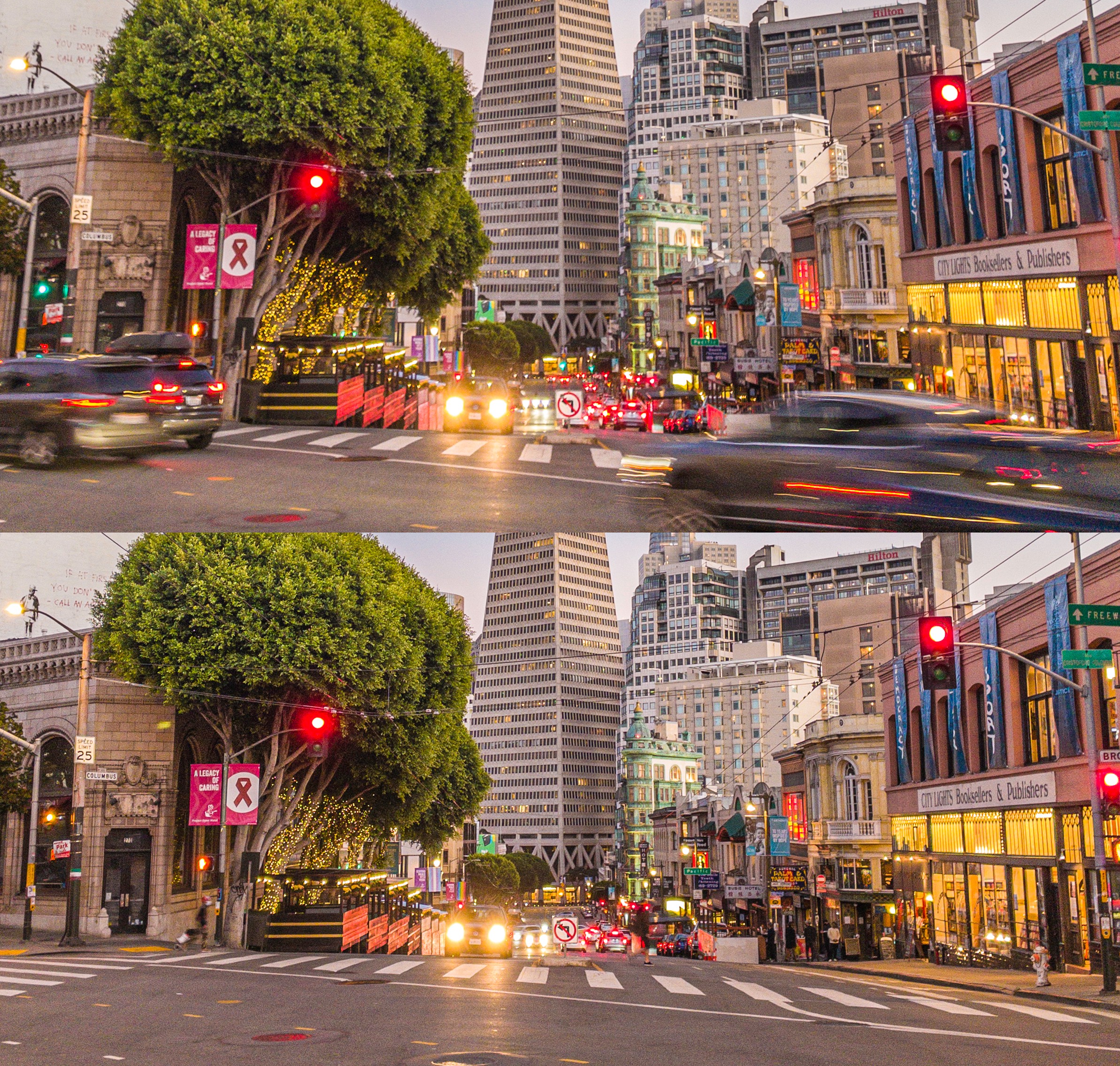
Halide is one of the most popular camera apps available for iPhone, as it lets users adjust focus, exposure, white balance, and more manually before taking a photo. As the iPhone 12 Pro Max is now officially available, developer Sebastiaan de With shared on Halide’s blog more technical details about the camera of this year’s most expensive iPhone model.
Unlike last year’s models, the iPhone 12 Pro Max camera is different from the camera found on the regular iPhone 12 Pro. Users of this year’s Pro Max model will find a 47% larger f/1.6 wide sensor, sensor-shift stabilization, 87% higher ISO, and a new telephoto lens with a length of 65mm and 2.5x optical zoom.
While most of these specifications were already known, Sebastiaan details what exactly the benefits are with these numbers and what they mean in practice for users. He created a great illustration to show how much bigger the new iPhone 12 Pro Max camera sensor is. The sensor on the iPhone captures images at 3024 by 4032 pixels or 12 megapixels.
Apple could simply have added more pixels to the sensor, but instead, the company did something different. The iPhone 12 Pro Max’s camera sensor has larger individual pixels, which are called “photosites.” A larger photosite means it can capture more light, which results in images with less noise and more definition.

When comparing photos taken on the iPhone 12 Pro and 12 Pro Max, the differences are barely noticeable — at least if you captured them during the day. Users will notice the differences between the cameras on the two phones as soon as they take pictures in low-light scenarios.
Most people who aren’t seeing the dramatic difference are shooting in daylight, with a fast ƒ/1.6 lens. On top of that, Apple’s intelligent image processing combines multiple shots together, which makes it harder to look into the hardware.
Here’s a comparison of photos taken at sunset with the iPhone 12 Pro and iPhone 12 Pro Max. The second photo, which was taken with the Pro Max model, has a noticeable higher level of detail.

While the larger sensor helps the iPhone capture better images, the Sensor Shift technology is also responsible for taking images in low light with more detail.
As Halide developer explains, iPhones have had optical image stabilization for some time, which reduces the impact of shaky hand movements when taking a photo. The more stabilized the camera is, the more it can increase the exposure time to capture more light.
On the iPhone 12 Pro Max, the stabilization is applied directly to the sensor instead of the camera lens. Since the sensor itself is smaller and lighter than the entire lens assembly, it can move faster to compensate for hand movement.
Software can’t un-shake your hand. Night Mode on iPhone gets around this by taking a ton of photos and just throwing out the ones that ended up too shaky. Now we see the iPhone 12 Pro Max pull ahead — way ahead, really — of its smaller iPhone 12 mini, 12 and 12 Pro siblings:
Taking pictures with zoom on the iPhone 12 Pro Max also got better thanks to the new telephoto lens that can go up to 2.5x optical zoom against 2x from other iPhones. However, that also means the lens has a smaller aperture, so users may notice a worse experience when using the zoom on the iPhone 12 Pro Max in low-light scenarios.
You can read more technical details about the iPhone 12 Pro Max camera on Halide’s official blog.
Author: Filipe Espósito
Source: 9TO5Google



